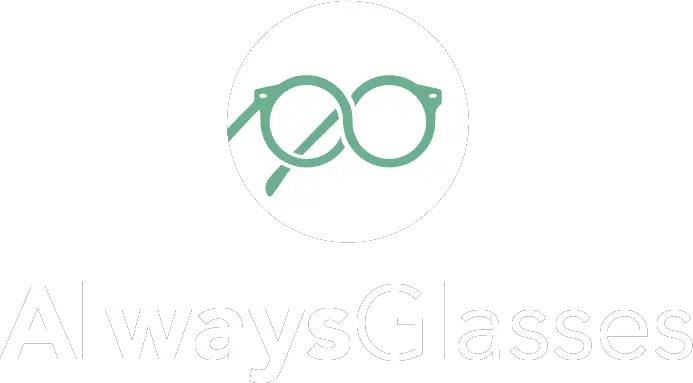Blockbuster movies, especially action films, are releasing more and more 3D versions in the theaters. These have become popular with 3D films delivering an encompassing experience. Those 3D glasses can be a hindrance, especially for those who already have glasses. So what do you do if you have glasses?
3D theater glasses aren’t necessarily bad for you. When you wear them over your other glasses, you are at risk of scratching your prescription glasses, so be careful when you do this. You will find that it isn’t the glasses but the film itself.
You can wear your 3D glasses over your eyeglasses, but it isn’t the best option for you. Continue reading to find out what you can do for a 3D movie.
How To Wear 3D Glasses
You can go with the traditional wear of the 3D glasses over your glasses. If you don’t have severe vision problems, you can wear the 3D glasses without using your prescription. This is so for those who are far-sighted. You shouldn’t have any issues with the theater glasses with this type of vision.
Other Options For 3D Glasses
There are many other options for 3D glasses than what the theater provides. Often, the theater gives you cheap glasses that can break easily or can be uncomfortable even without your prescription lenses.
Here are the options if you don’t want to go the traditional route:
- Personal prescription 3D glasses
- Clip-on lenses.
- Contacts.
Personal Prescription 3D Glasses
3D has become increasingly popular at home so many people have ordered a pair for themselves. You can do the same with prescription glasses. You can check with your eye doctor how to order yourself some prescription 3D glasses.
If you know what your prescription is, you can always look at the company Optics 3D. You can look through their catalog and see their pricing options. You can also check on how you can procure these glasses.
Clip-On Lenses
If you don’t feel like getting prescription 3D glasses, you can always get clip-on lenses. This is a great option when you don’t frequent 3D movies. You can find many types of clip-on lenses that just slip onto your glasses, and you have yourself 3D glasses.
You will find that most clip-on 3D glasses range anywhere from $5 to $13. They just clip onto the top of your glasses and fold down. You can then watch your movie without having to wear two sets of glasses or having other issues.
Contacts
If you feel like the previous options aren’t for you, you can always wear contacts. Wearing contacts makes it easy for you to wear the theater 3D glasses, so you don’t have to pay out of pocket for the alternatives.
Contacts aren’t always the best option, especially if you don’t like to wear them, but it may be something to look into. Always check with your insurance provider to see if your contacts are covered. You don’t want to pay for something that your health insurance will cover.
Is It Bad For You?
3D films differ from regular 2D films because they affect your eyes differently. The 3D glasses cause each eye to see different aspects of the visual media. Sometimes this can strain the eyes, and viewers can struggle to merge the two images together.
People who have vision disorders may have trouble focusing on the film and won’t enjoy the film because of this. Those conditions include the following:
- Amblyopia
- Strabismus
- Convergence Insufficiency
Solutions For Those With Vision Problems
If you or anyone you know has vision problems, they can still enjoy 3D films. Many options can help. You can look for vision therapy, or you can start by watching 3D films in increments. Add time to each viewing until your eyes have been accustomed to a full-length film.
Although these are great alternatives for those with vision disorders, you will need to converse with your optometrist on the best solutions for you.
Outro
3D films are a fun way to experience visual media. It can be uncomfortable with 3D glasses and wearing glasses, but it doesn’t always have to be. There are many alternative options and modifications that you can add to your existing glasses to have a great experience like those without a vision impairment.





